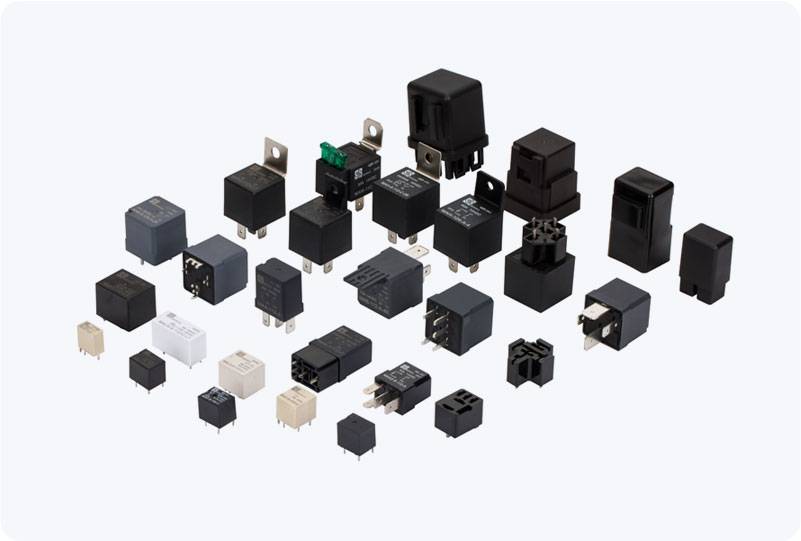understanding the 220vac power relay: function, applications, and benefits
Release time:2025-05-14 10:10:03
A 220VAC power relay is an essential component in the field of electrical engineering, particularly for controlling high-voltage electrical circuits with low-voltage control signals. This versatile device plays a critical role in various applications, from home appliances to industrial systems, enabling the safe operation of electrical systems. This article will provide an overview of the 220VAC power relay, including its function, working principle, applications, and benefits.

What is a 220VAC Power Relay?
A 220VAC power relay is an electromagnetic switch used to control high-voltage AC circuits using a low-voltage DC or AC control signal. It essentially acts as a gatekeeper, allowing the low-voltage control circuit to safely turn on or off high-voltage equipment. This makes relays particularly valuable in scenarios where direct switching of high-power components is not feasible or safe due to the complexity and danger of working with high-voltage circuits.
How Does a 220VAC Power Relay Work?
The operation of a 220VAC power relay is based on the interaction between an electromagnet and a set of contacts. The relay consists of a coil, a set of contacts, and an armature. When a control signal is applied to the coil, it creates a magnetic field that attracts the armature, causing the contacts to either open or close, depending on the design of the relay. This action allows current to flow through the high-voltage circuit.

